Choosing between Palermo and Naples can be tough for Italy-bound travelers. These two vibrant cities offer unique experiences that showcase different facets of Italian culture and history. Naples charms visitors with its gritty authenticity and world-class museums, while Palermo captivates with its grand architecture and multicultural flair.
Both cities boast incredible food scenes, lively markets, and a rich tapestry of historical sites. Naples, the gateway to Pompeii, is famous for its pizza and proximity to the Amalfi Coast. Palermo, the capital of Sicily, is known for its Norman-Byzantine churches and delicious street food.
The choice between these two destinations often comes down to personal preferences. Naples offers a more intense, quintessentially Italian urban experience, while Palermo provides a unique blend of Mediterranean influences. Whichever city you choose, you’re in for an unforgettable journey through Italy’s fascinating south.
Key Takeaways
- Naples excels in museums and ancient history, while Palermo shines with its diverse architecture.
- Both cities offer amazing food, but each has its unique culinary traditions.
- Palermo tends to be sunnier and drier, making it a great choice for outdoor exploration.
Historical Context
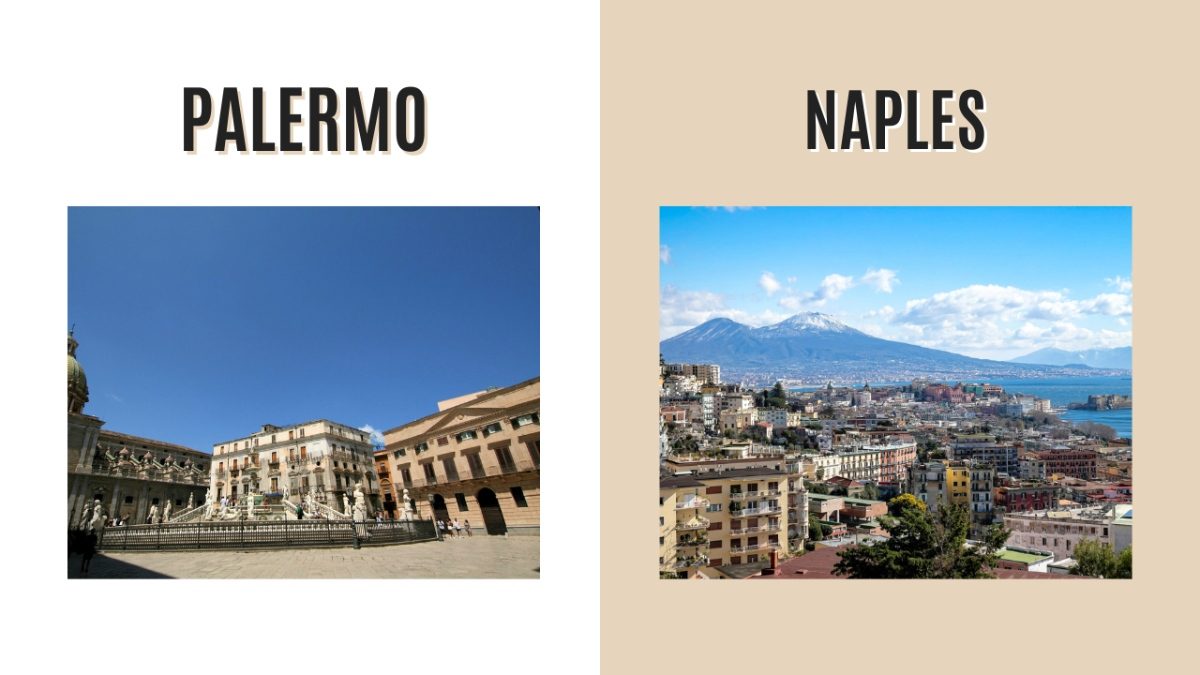
Palermo and Naples boast fascinating pasts spanning thousands of years. Both cities have been shaped by diverse rulers and cultures, leaving rich architectural and artistic treasures behind.
Rich Heritage of Palermo
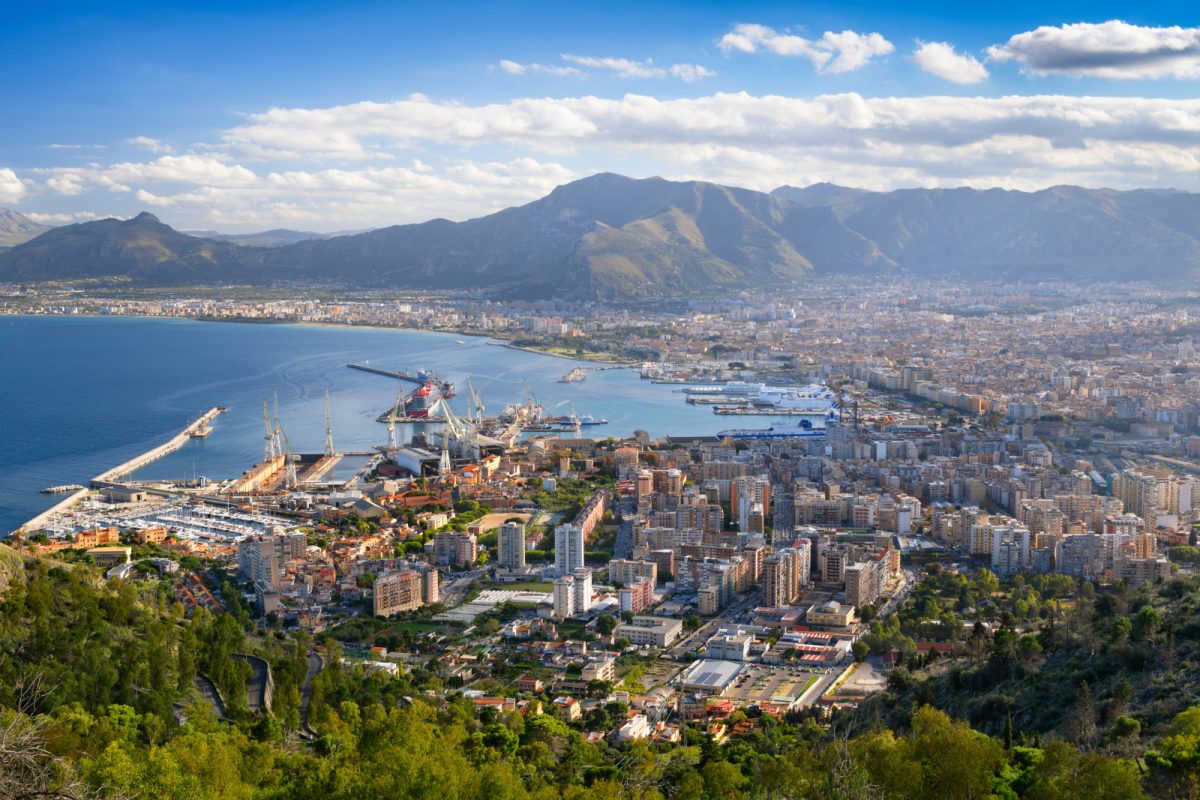
Palermo’s history is a tapestry of conquests and cultural fusions. The Phoenicians founded it in 734 BC, and it later fell under Roman, Byzantine, and Arab rule. The Arabs made Palermo the capital of Sicily in 831, kickstarting a golden age of prosperity.
But it was the Normans who shaped the city. In the 12th century, they built the stunning Norman Palace, a must-see for history buffs. Its Palatine Chapel is dazzled with Byzantine mosaics.
Palermo’s catacombs are another eerie highlight. Dating back to the 16th century, they house over 8,000 mummified bodies. Not for the faint of heart!
Naples Through the Ages
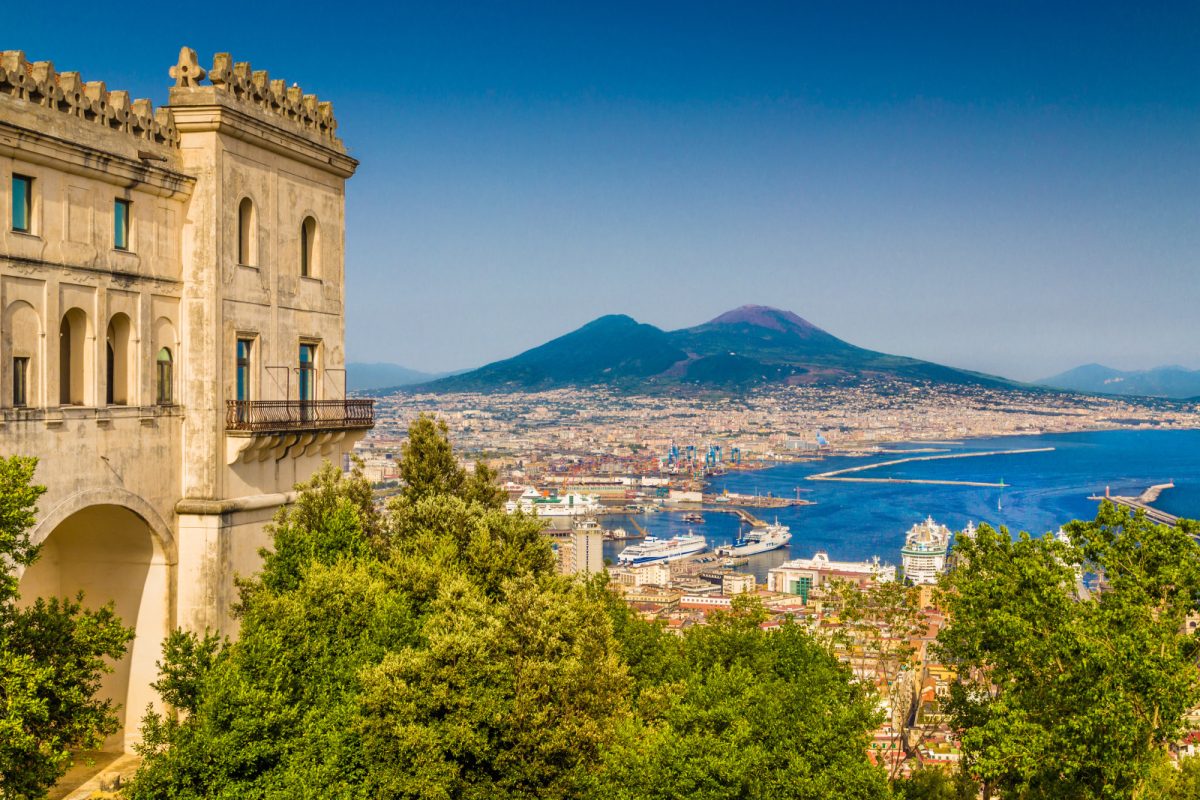
Naples has an equally colorful past. In 470 BC, Greeks founded the city as Neapolis (“New City”), which later became a favorite Roman holiday spot.
The city reached new heights under Spanish rule in the 16th century. Grand palaces and churches sprung up, giving Naples its Baroque flair. Check out the Royal Palace for a taste of Spanish opulence.
Naples’ creepy side comes alive in the Catacombs of San Gennaro. These 2nd-century tunnels hold the tomb of the city’s patron saint. Wandering through the dimly lit passages is like stepping back in time.
To glimpse Pompeii’s treasures, hit up the National Archaeological Museum. Its collection of frescoes and mosaics is mind-blowing.
Cultural Highlights
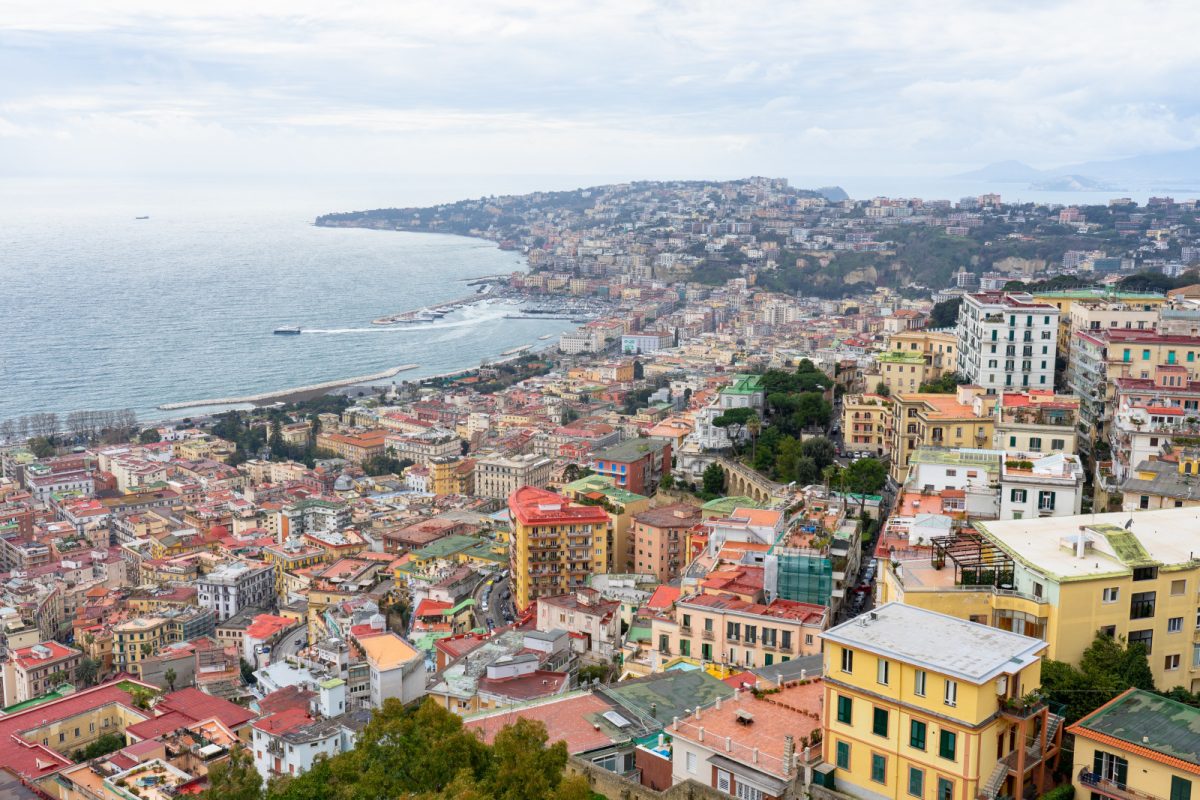
Naples and Palermo offer rich cultural experiences that showcase Italy’s vibrant heritage. Both cities boast impressive museums, stunning architecture, and unique local traditions that captivate visitors.
Palermo’s Cultural Tapestry
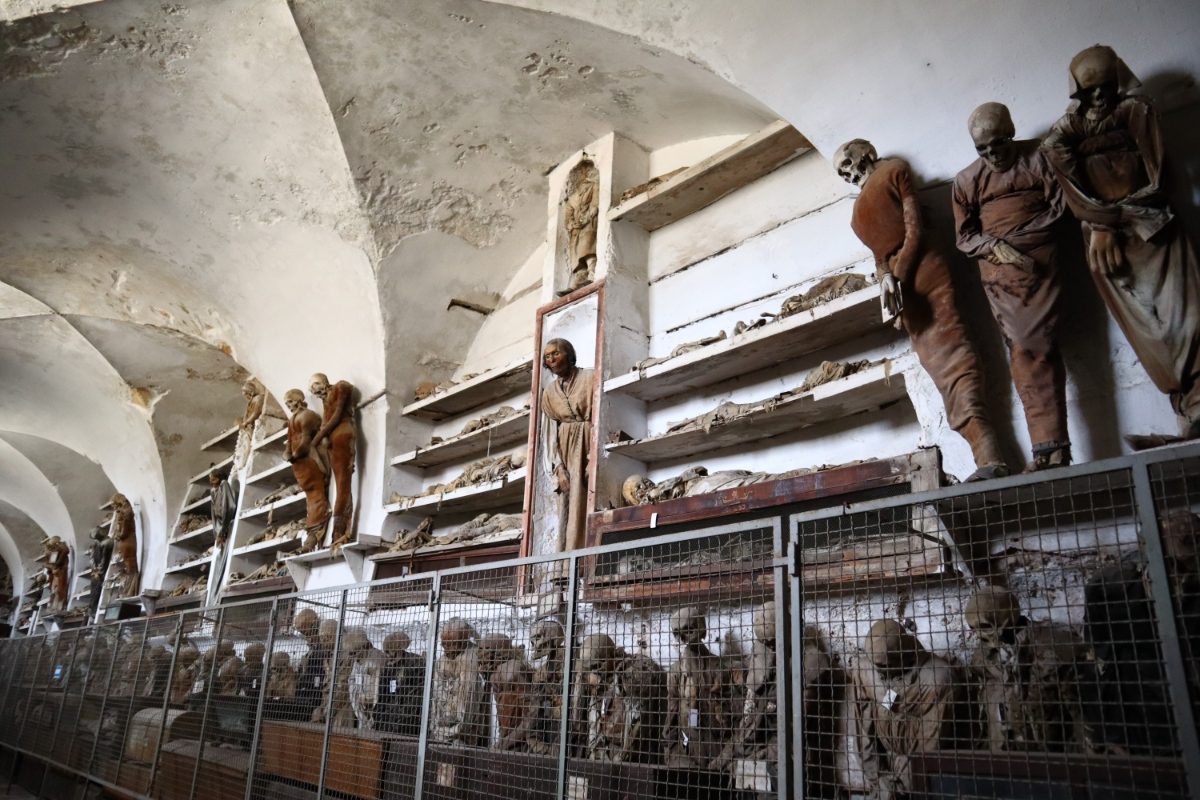
Palermo’s history as a crossroads of civilizations shines through its diverse cultural offerings. The Cappella Palatina, a 12th-century royal chapel, dazzles with its intricate Byzantine mosaics and Arabic-influenced decor. It’s a must-see that’ll set you back about €10.
For a spooky adventure, check out the Catacombe dei Cappuccini. These catacombs house thousands of mummified bodies in various states of preservation. Tickets are around €3, but it’s not for the faint of heart!
Palermo’s outdoor markets, like Ballarò and Vucciria, are lively cultural hubs. You can sample local street food, practice your bargaining skills, and soak up the authentic Sicilian atmosphere for free.
Artistic Endeavors in Naples
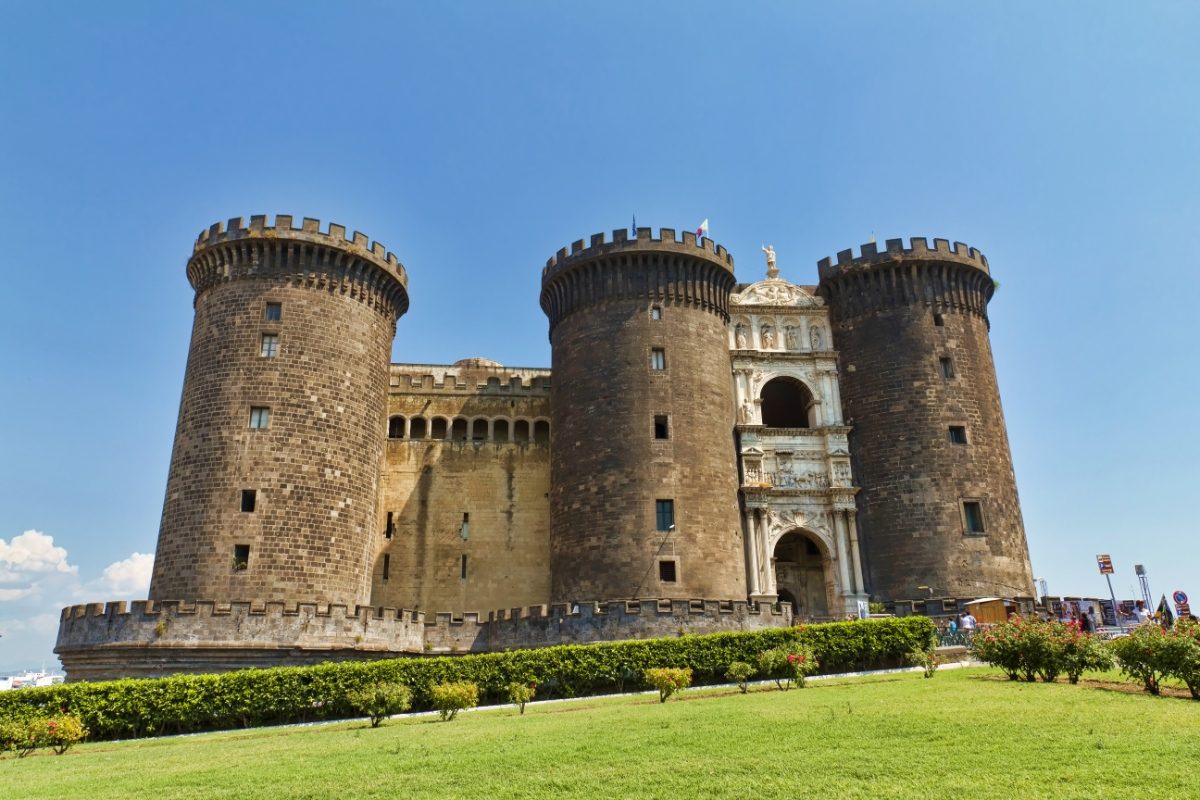
Naples is an art lover’s paradise. The National Archaeological Museum houses an incredible collection of ancient Roman artifacts, including many treasures from Pompeii. Entry costs about €15, but it’s worth every cent.
The city’s streets are an open-air museum. Check out the vibrant street art in the Spanish Quarters or admire the baroque architecture around Piazza del Plebiscito. These sights won’t cost you a dime!
For a unique experience, visit the Catacombs of San Gennaro. These ancient burial tunnels feature beautiful frescoes and mosaics. Guided tours run about €10 and offer fascinating insights into Neapolitan history and traditions.
Don’t miss Castel Nuovo, a medieval castle that now houses the Civic Museum. It’s a great spot to learn about local history and enjoy panoramic views of the city. Tickets are around €6.
See Related: Iconic Honeymoon Destinations in Italy: Romance Across the Boot
Architectural Wonders
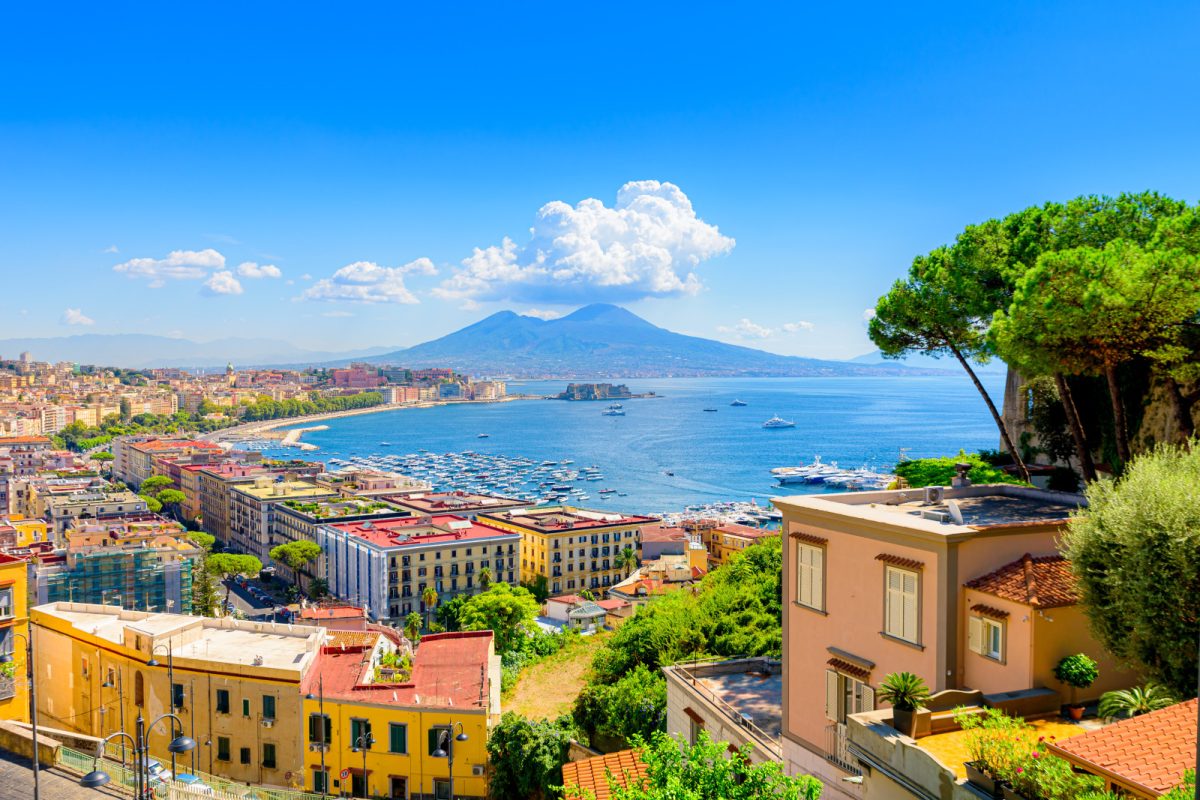
Palermo and Naples boast stunning architectural marvels that span centuries of history. Both cities showcase a rich tapestry of styles, from ancient Roman ruins to baroque palaces.
Palermo’s Architectural Mosaic

Palermo’s skyline is a feast for the eyes. The Norman Palace, also known as Palazzo dei Normanni, is a must-see.
This grand building mixes Arab, Norman, and Byzantine styles. Inside, don’t miss the Palatine Chapel with its glittering gold mosaics.
The city’s churches are architectural gems, too. The Palermo Cathedral blends different styles from various eras. Its mix of Norman, Gothic, Baroque, and Neoclassical elements makes it unique.
For a taste of Sicilian Baroque, head to the Quattro Canti. This crossroads boasts ornate facades and fountains. It’s a great spot for people to watch while admiring the architecture.
Iconic Structures of Naples
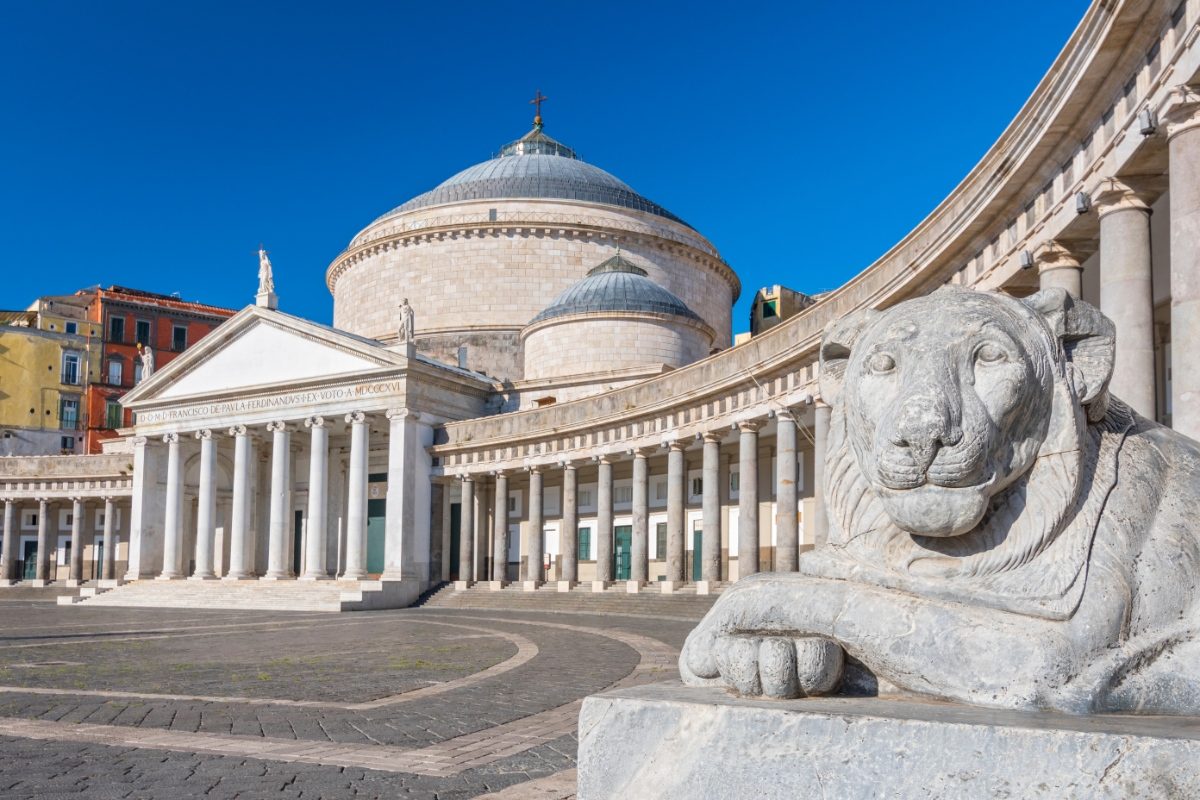
Naples has its fair share of eye-catching buildings. The Piazza del Plebiscito is the city’s main square.
It’s home to the Royal Palace and the domed Church of San Francesco di Paola. The square’s grand scale is impressive.
Castel Nuovo, also called Maschio Angioino, is a medieval castle that stands out. Its iconic white marble triumphal arch is a sight to behold. The castle offers great views of the Bay of Naples too.
For a mix of old and new, check out the Toledo Metro Station. It’s been called one of the most beautiful subway stations in Europe. Its blue mosaics and light installations create an otherworldly feel.
Gastronomic Journey
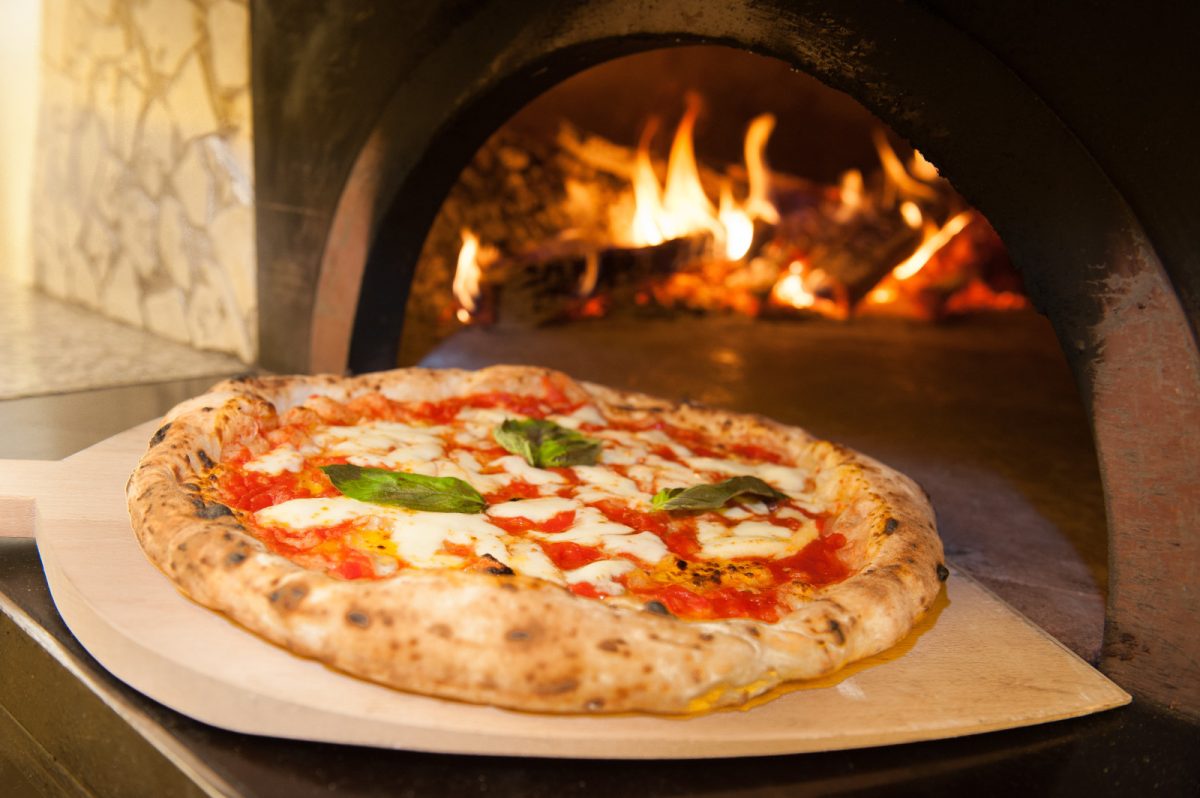
Palermo and Naples offer mouthwatering culinary experiences showcasing the best Italian cuisine. Each city has its unique flavors and specialties that will delight food lovers.
Savoring Palermo’s Delicacies
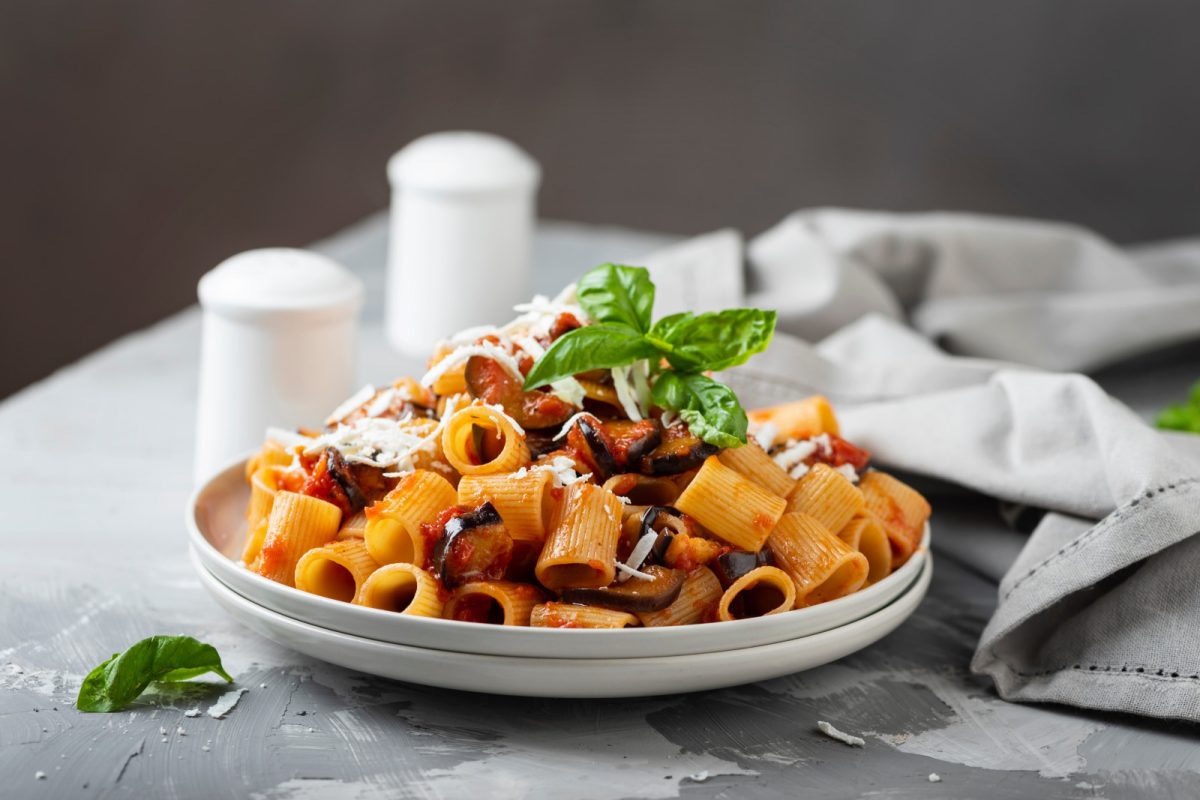
Palermo’s food scene is a feast for the senses. Street markets like Vucciria and Ballarò burst with fresh produce and local specialties. Arancine, crispy rice balls stuffed with meat or cheese, are a must-try snack. You’ll find them everywhere for about €2-3 each.
Pasta alla Norma is another Sicilian classic. This hearty dish combines eggplant, tomatoes, and ricotta salata cheese. It’s usually around €10-12 at local trattorias.
Don’t miss cannoli, crispy pastry tubes filled with sweet ricotta cream. The best ones are made fresh to order. Expect to pay €2-4 per cannolo at popular spots like Pasticceria Oscar.
Naples: Birthplace of Pizza

Naples is the undisputed pizza capital of the world. The city’s pizza makers, or pizzaioli, are true artists. They use simple, high-quality ingredients and wood-fired ovens to create pizza magic.
A classic Margherita pizza costs about €6-8 at famous spots like L’Antica Pizzeria da Michele. The lines can be long, but it’s worth the wait.
Beyond pizza, Naples is known for its pasta dishes. Try spaghetti alle vongole (with clams) or pasta e fagioli (pasta and bean soup). These hearty dishes usually run €8-12 at local restaurants.
For dessert, sfogliatella is a must. This flaky pastry filled with sweet ricotta costs around €2-3. It’s perfect with a strong Neapolitan espresso.
See Related: Milan to Naples in 3 Hours? Italy Tests Revolutionary Hyperloop System
Travel Essentials

Preparing for a trip to Palermo or Naples requires some key planning. Both cities offer unique experiences but have different considerations for visitors.
Navigating Palermo
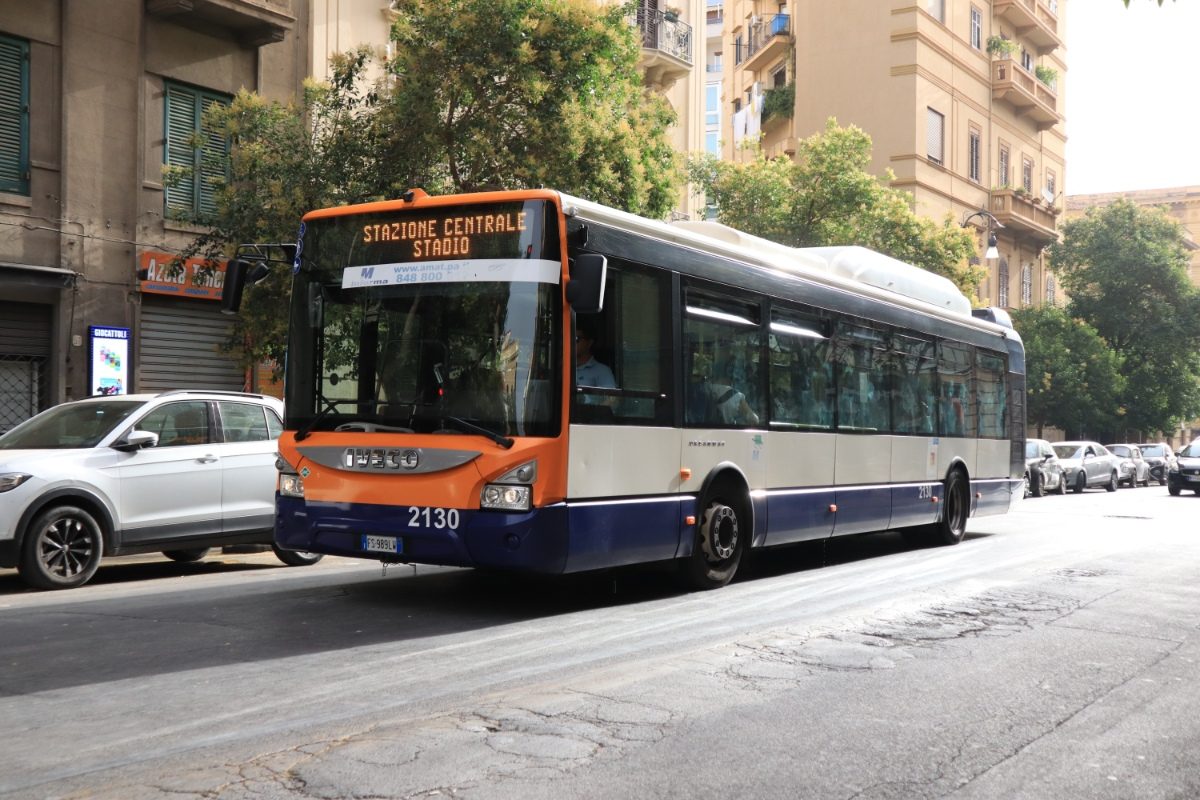
Palermo’s compact city center is walkable, but buses and trams provide easy transport for longer trips. Pick up an AMAT city pass (€5.50/day) for unlimited rides. Taxis are pricey – negotiate fares upfront.
October brings mild temps around 20°C (68°F). Pack layers and comfy shoes for exploring.
Cash is king at markets and small shops. Brush up on basic Italian phrases to connect with locals.
Don’t miss the buzzing Ballarò market for street food. Try panelle (chickpea fritters) or arancini (rice balls). Budget €30-40 per day for meals.
Exploring Naples
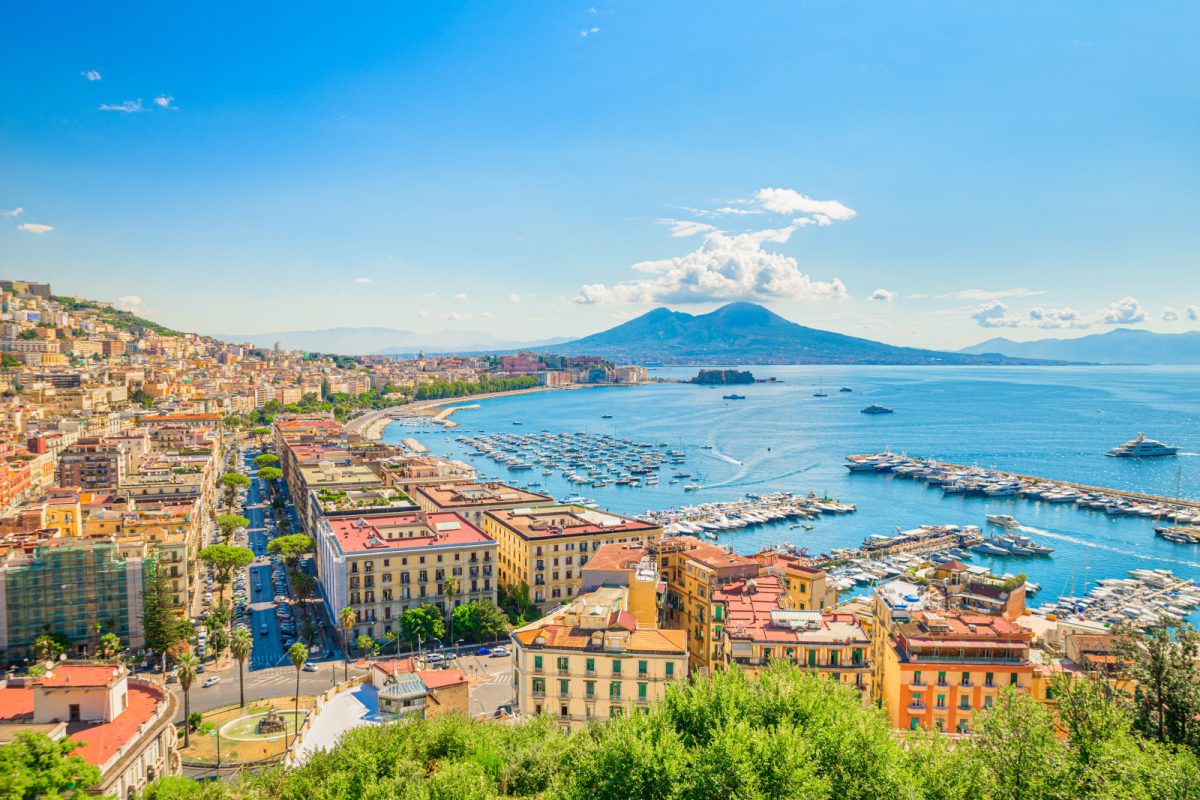
Naples sprawls along the bay, so the best hotels in Italy are near metro stops for easy sightseeing. A 3-day public transport pass costs €20. Taxis use fixed rates between zones.
October weather averages 18°C (64°F). Bring a light jacket for evening strolls on the lungomare promenade. Watch for pickpockets in busy areas like Spaccanapoli.
Pizza rules here – try the classic Margherita for €5-7. Set aside €35-45 daily for food. Learn to order an espresso like a local at stand-up coffee bars.
Activities and Attractions
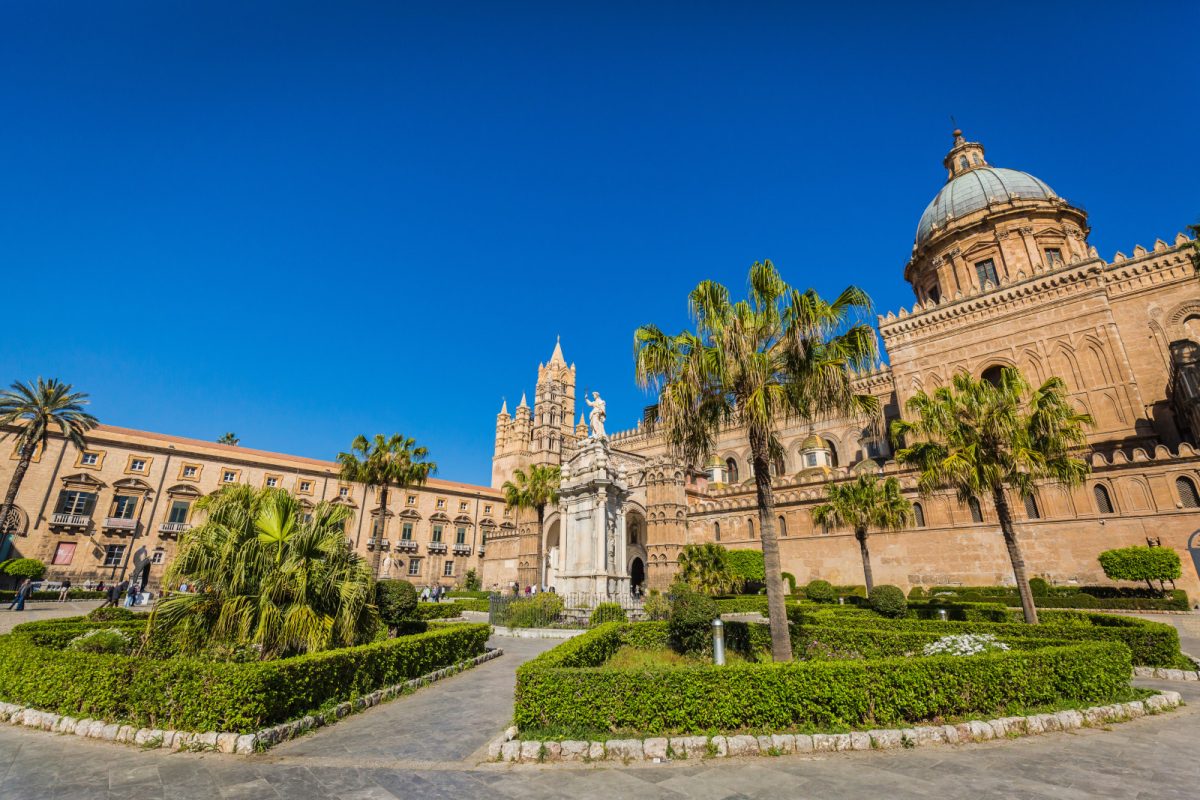
Palermo and Naples offer unique experiences for travelers. Both cities boast rich histories, stunning architecture, and vibrant cultures that come alive through their attractions and activities.
Palermo: A Hub for Adventure

Palermo’s beaches are a major draw. Mondello Beach, just 20 minutes from the city center, has crystal-clear waters perfect for snorkeling. The beach gets crowded in summer, so visit early or in spring for a quieter experience.
Hiking enthusiasts will love Monte Pellegrino. This nature reserve offers breathtaking views of Palermo and the sea. The trek takes about three hours round-trip and costs €5 to enter.
For history buffs, the Norman Palace is a must-see. This 9th-century palace showcases stunning Byzantine mosaics. Admission is €10 for adults.
Palermo’s nightlife is vibrant, especially in the Vucciria district. Bars and clubs stay open late, and drinks start at around €5.
Attractions Abound in Naples
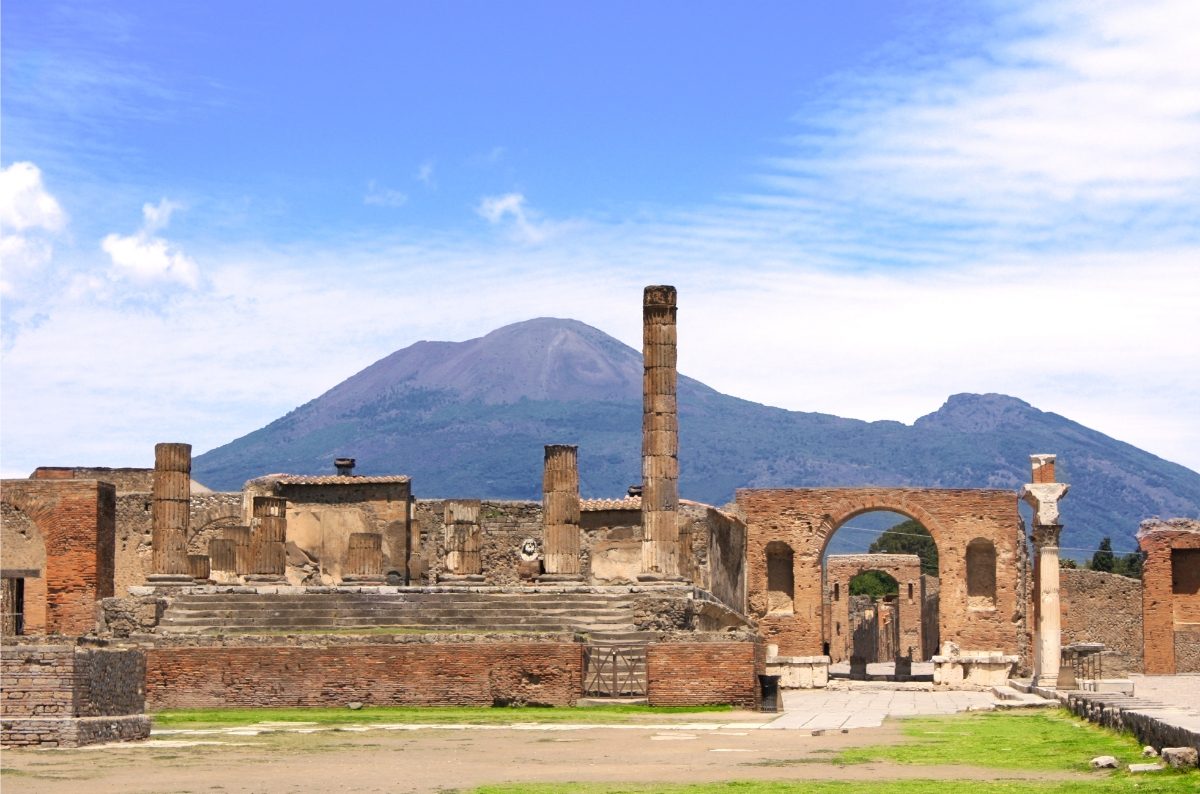
Naples is famous for its proximity to Pompeii. This ancient Roman city, buried by Mount Vesuvius in 79 AD, offers a fascinating glimpse into the past. You can book a guided tour to Pompeii for about €70 per person.
The city itself is packed with historical sights. The Naples National Archaeological Museum houses an impressive collection of Roman artifacts. Entry costs €15.
Take a ferry to the island of Capri for a scenic day trip. The Blue Grotto sea cave is stunning. Boat tours start at €20.
Naples shines during Christmas. San Gregorio Armeno Street comes alive with nativity scene crafts and decorations. It’s a magical experience that costs nothing.
Shopping and Leisure
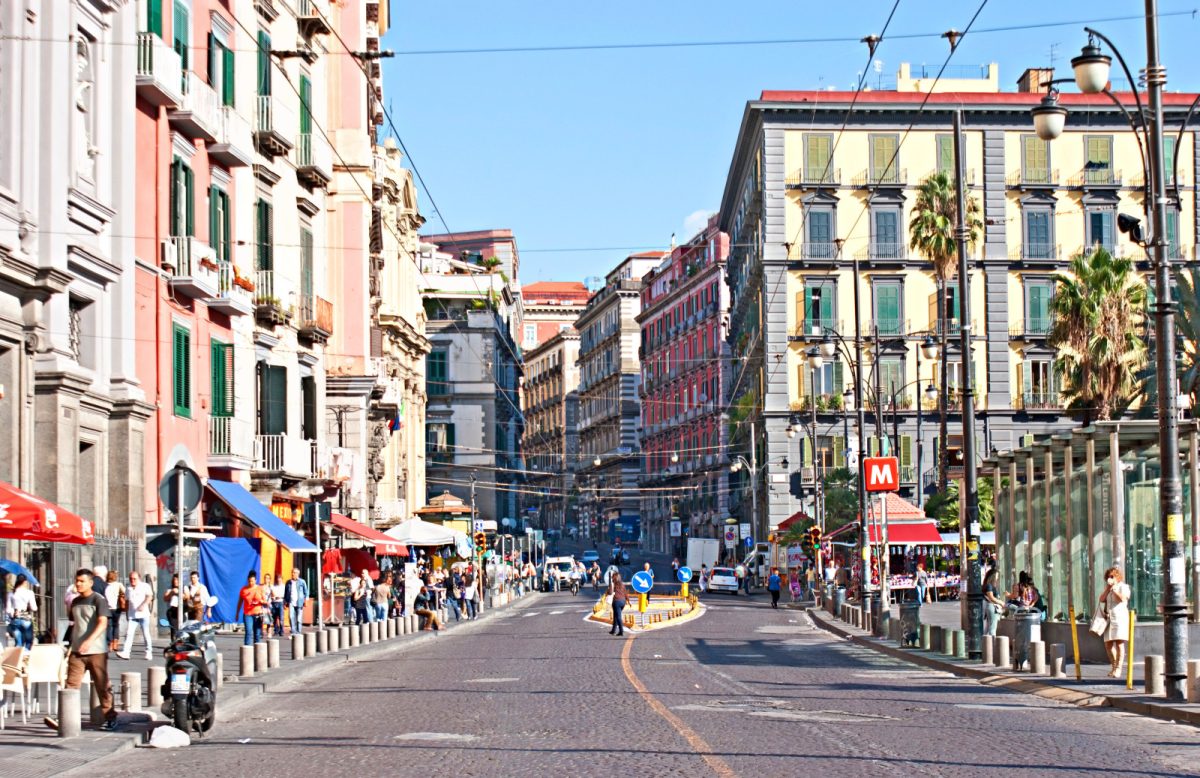
Naples and Palermo offer unique retail experiences and leisure activities. Both cities cater to shoppers with varied tastes and budgets, from charming boutiques to bustling markets.
Retail Therapy in Palermo
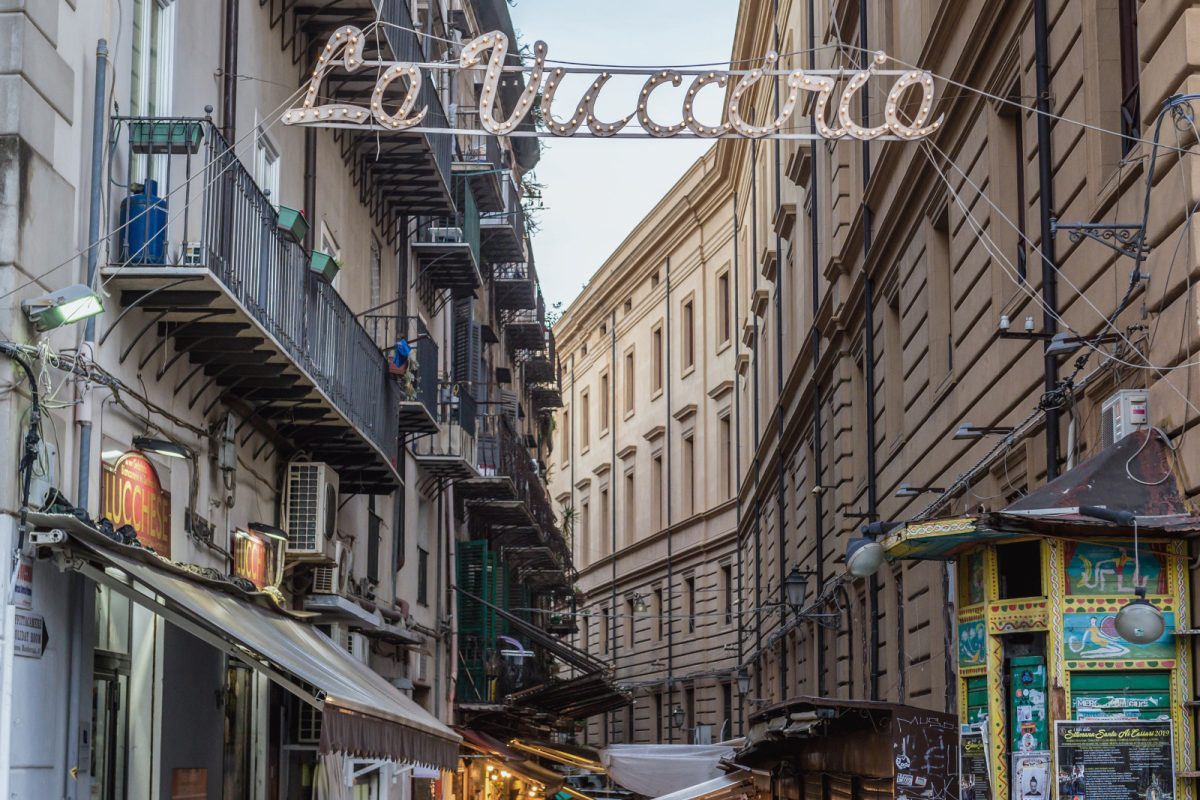
Palermo’s shopping scene blends modern stores with traditional markets. Via della Libertà is the city’s main shopping street, with designer boutiques and high-end fashion brands.
For a more authentic experience, head to the Vucciria or Ballarò markets. These lively spots sell everything from fresh produce to handmade crafts.
Don’t miss the chance to pick up some Sicilian ceramics or locally-made jewelry. Prices for souvenirs start around €10-20. If you’re looking for a special gift, consider a bottle of Marsala wine (€15-30) or a box of cannoli (€10-15 for 6).
The best time to shop in Palermo is during the summer sales, usually in July and August. But remember that many shops close for a few hours in the afternoon for a siesta.
Naples’ Shopping Scene

Naples offers a mix of high-end shopping and local markets. Via Toledo and Via Chiaia are popular spots for fashion lovers, with a range of Italian and international brands.
For a more budget-friendly option, check out the Mercato di Porta Nolana. This bustling market is great for picking up affordable clothes and accessories.
Naples is famous for its handmade leather goods and tailored suits. You can expect to pay around €100-200 for a quality leather bag. For a true Neapolitan souvenir, buy a red horn-shaped charm called “cornicello” (€5-15) – locals believe it brings good luck.
The city also has some unique concept stores. One standout is ‘Made in Cloister’, which sells artisanal products in a restored 16th-century monastery. It’s a bit pricey, but the quality is top-notch.
See Related: Where to Stay in Italy with Kids: Top Family-Friendly Destinations for Unforgettable Memories
Frequently Asked Questions
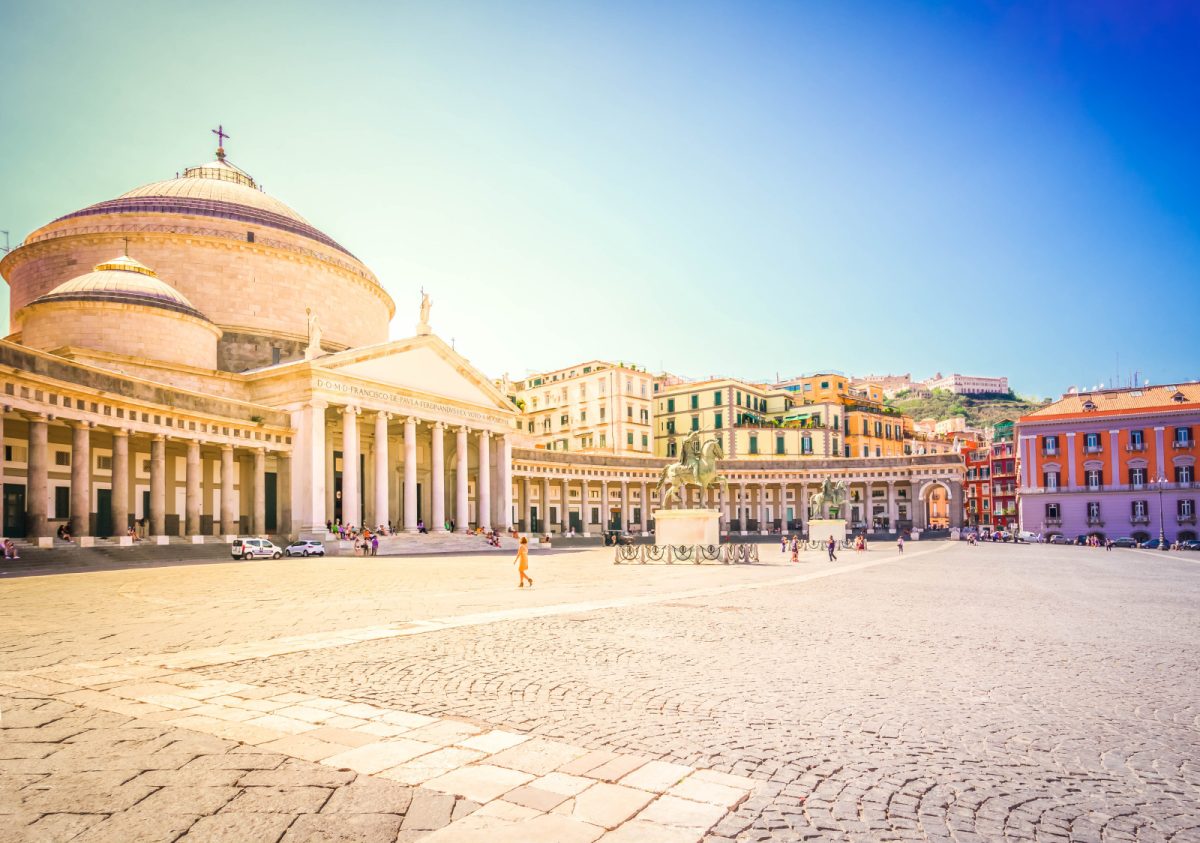
Choosing between Palermo and Naples can be tricky. These cities offer unique experiences, from food to culture to sights. Let’s dive into some common questions to help you decide.
What are the key differences between visiting Palermo and Naples?
Palermo feels more laid-back than Naples. It has wider streets and a slower pace. Naples is busier and more chaotic but also more vibrant.
Palermo has more Arabic and Norman influence in its architecture, while Naples showcases more Roman and Baroque styles.
How does the culinary experience in Palermo compare to that of Naples?
Both cities are food heaven but with different flavors. Palermo is famous for street food like arancini and pasta alla Norma. Naples is the birthplace of pizza and kis nown for seafood pasta.
In Palermo, you’ll find more Arab-inspired dishes. Meanwhile, Naples has stronger Greek and Roman influences in its cuisine.
What cultural and historical experiences set Palermo apart from Naples?
Palermo’s got amazing Norman-Byzantine churches. The Cappella Palatina is a must-see. Its mosaics will blow you away.
Naples has Pompeii and Herculaneum nearby. These ancient Roman cities are like stepping back in time.
Palermo’s puppet theaters are unique. They tell old Sicilian stories with handmade marionettes.
Can you highlight the transportation options available between Palermo and Naples?
Flying is the fastest way between these cities. Flights take about an hour and cost around €50-100.
You can also take an overnight ferry. It’s slower but can be a fun experience. Prices start at about €70.
Trains are also an option, but they’re slow. The journey takes over nine hours and involves a ferry ride.
What are the must-see attractions in Palermo for a traveler who has experienced Naples?
The Catacombe dei Cappuccini is super creepy and fascinating. It’s full of mummified bodies in period dress.
Mondello Beach is gorgeous. Its white sand and crystal-clear water make it perfect for a day trip from the city.
The Ballaro Market is a feast for the senses. It’s louder and more chaotic than Naples’ markets.
How does the nightlife in Palermo differ from that in Naples?
Palermo’s nightlife is more relaxed. People enjoy long dinners and drinks at outdoor cafes.
Naples has a wilder party scene. You’ll find more clubs and late-night bars.
Palermo’s nightlife is centered around the historic center. Naples has several nightlife districts spread across the city.

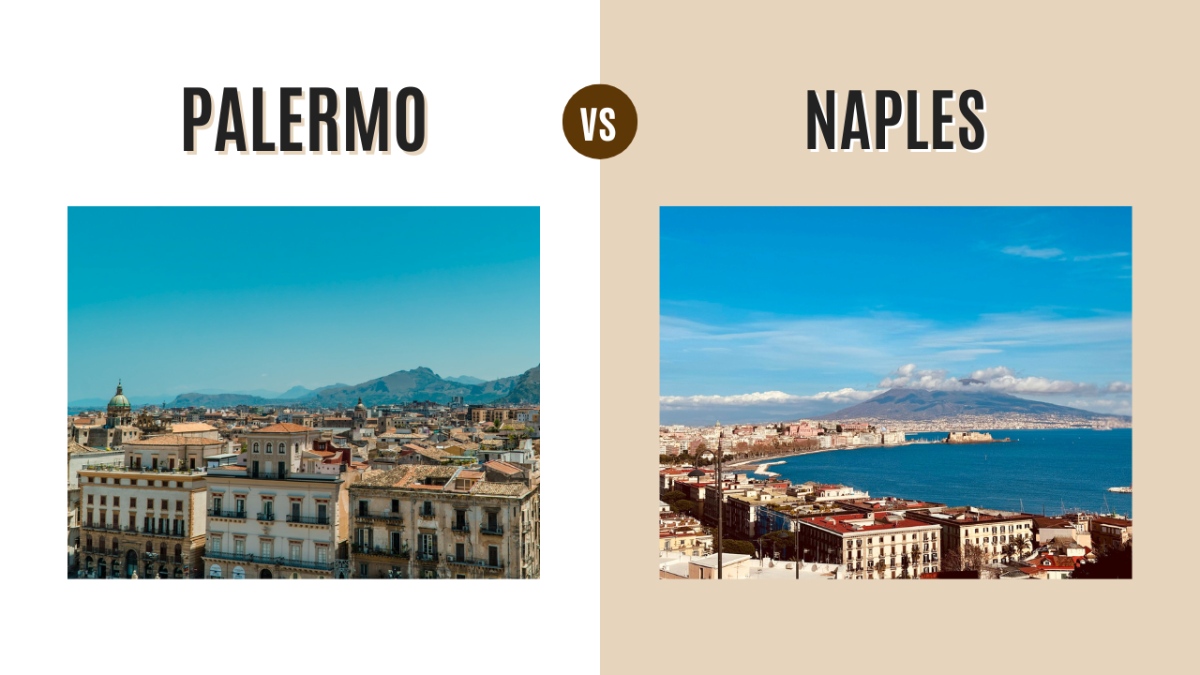
0 Comment